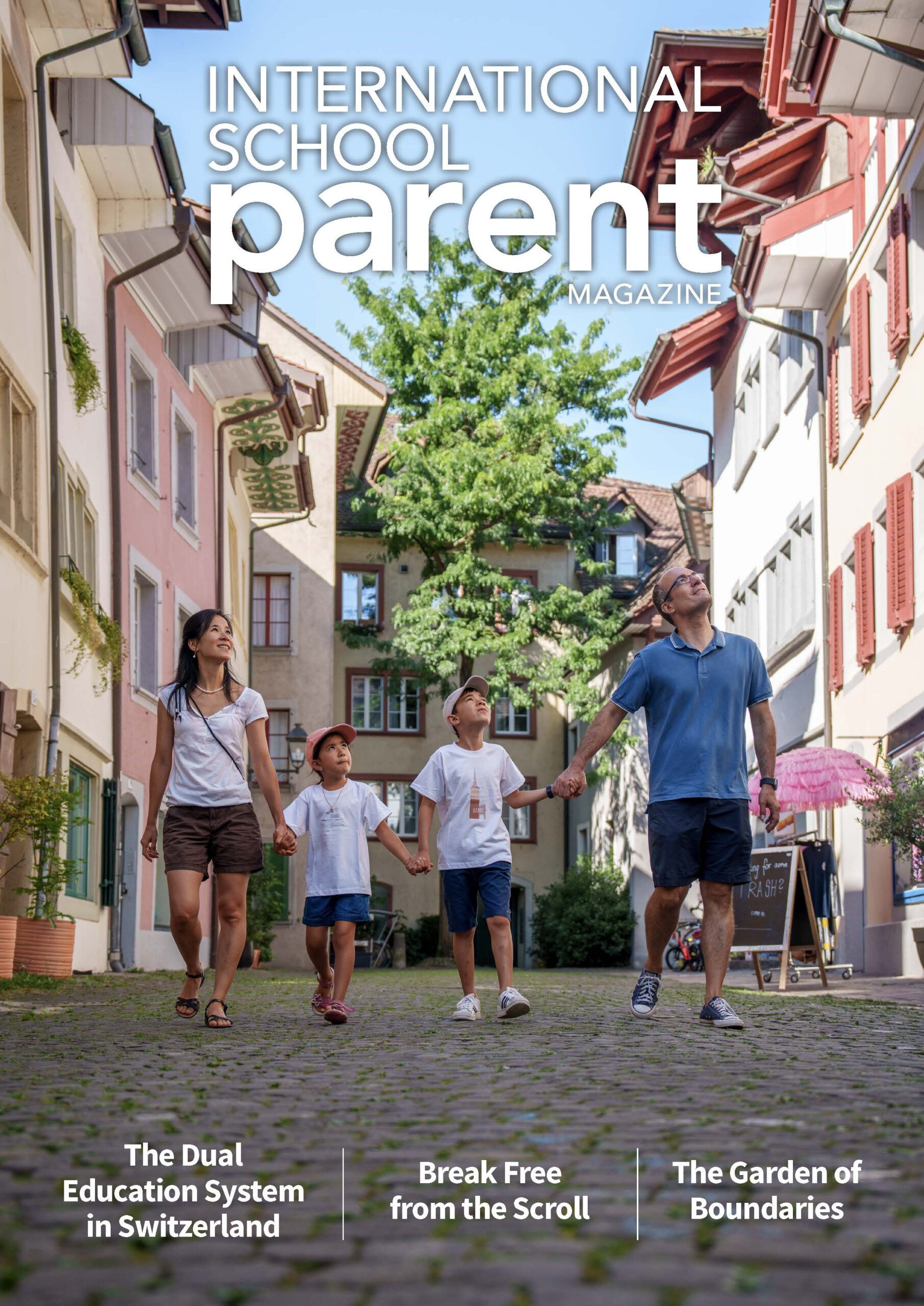The Dual Education System in Switzerland: Excellence in Education and Employability

By Deirdre Coghlan for Swiss Education Group
The Swiss education system follows a dual modality approach, integrating work experience through internships and apprenticeships as essential curricular components. This globally recognised model blends academic learning with practical training, producing a highly skilled workforce and contributing to Switzerland’s low unemployment, strong global competitiveness, and reputation for excellence in education and innovation—a model that Swiss Education Group schools also embrace.

The Structure of the Dual Education System in Switzerland
The dual education system in Swiss secondary schools is a unique blend of classroom instruction and on-the- job training. Students split their time between attending vocational schools and working at companies, gaining both theoretical knowledge and practical skills simultaneously. This system is available in various fields, from finance, technology, and industrial jobs to business, hospitality, and healthcare work.
Swiss education programs are highly differentiated to support this system. Students are placed onto academic tracks starting in secondary level I (middle school). At secondary level II (High School), the system splits again into full-time schools and dual-modality vocational education options.
• Full-time schools include Gymnasium, which leads to the Matura (Swiss finishing Diploma) with the objective of preparing students for university. Only about 20% of all students qualify for Gymnasium. This is the only level that does not incorporate vocational education, and students are expected to continue their studies at university before entering the workforce.
• Intermediate Schools are full-time schools with an additional component of vocational experience, leading to a Professional Matura. Upon completion, students in this program can either join the workforce or continue to select universities.
• Vocational schools offer a blend of general education and practical work training where students attend school a few days a week and work a paid apprenticeship the other days. This program leads to the Vocational Matura. Students on this track typically join the workforce when finished.
The key to the success of this system is the nationwide collaboration between educational institutions and the private sector. Companies play the critical partner role by providing apprenticeships, mentoring, and real-world experience, while schools focus on delivering the necessary academic foundation. This symbiotic relationship ensures that the curriculum remains relevant to industry needs and that students are well-prepared for the job market.
Visit https://www.edk.ch/ for more comprehensive information on the Swiss education system.
Benefits of the Dual Education System
• High Employability: Graduates of the dual education system are highly sought after by employers due to their practical experience and relevant skills. This results in lower youth unemployment rates and a smoother transition from education to employment.
• Adaptability and Innovation: The system builds a culture of continuous learning and adaptability. Students are exposed to real-world challenges early on, making them more innovative and better prepared to handle dynamic work environments.
• Economic Impact: By aligning education with industry needs, the dual education system contributes significantly to the Swiss economy. Companies benefit from a skilled workforce, while students gain valuable experience–usually paid, creating a win-win situation.
• Societal Support and Recognition: Due to the integral support and participation of all industries nationwide, society recognizes and respects the apprenticeship system as a crucial component in becoming a professional and ultimately contributing to society. This is arguably the most important factor in the system’s success.
Switzerland’s Top Rankings in Education and Innovation
Switzerland consistently ranks high in global talent competitiveness and innovation indices. According to INSEAD’s Global Talent Competitiveness Index, Switzerland
